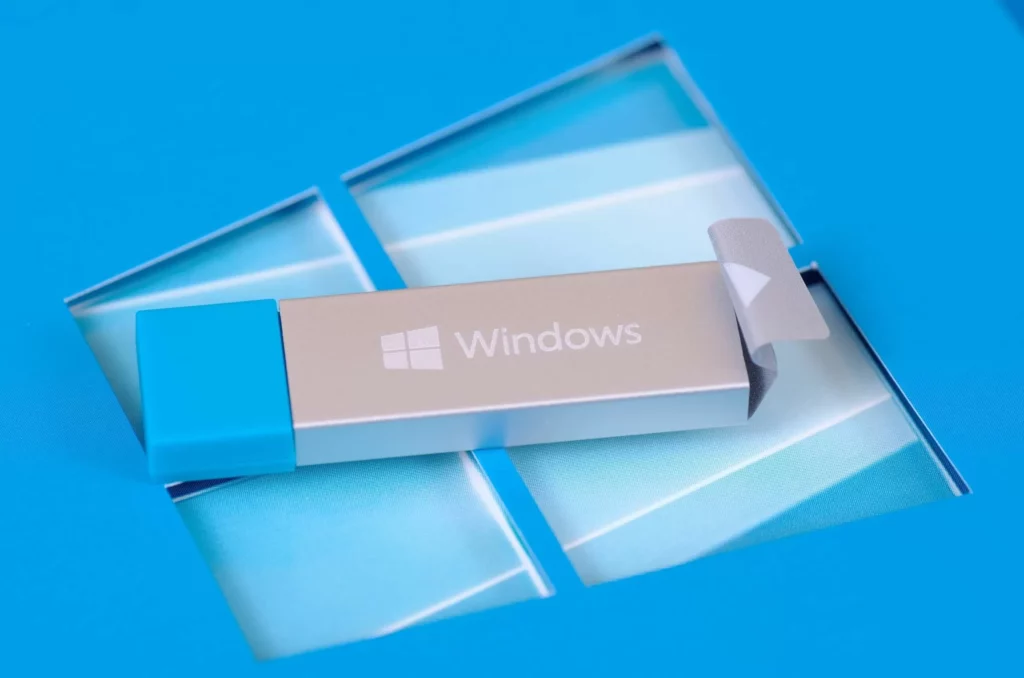
Creating a Windows 10 Installation Media (USB Flash Drive)
- First, download the Windows 10 Media Creation Tool from Microsoft’s website. You can find it by searching for “Windows 10 Media Creation Tool” on your web browser.
- Once you have downloaded the Media Creation Tool, insert the USB flash drive that you want to use for the installation.
- Open the Media Creation Tool and accept the license terms.
- On the next screen, select the option “Create installation media (USB flash drive, DVD, or ISO file) for another PC” and click on “Next”.
- Choose the language, edition, and architecture (32-bit or 64-bit) for the Windows 10 installation. Make sure to select the same language and architecture that you have on your current version of Windows (or the version you’d like to install on a new machine).
- On the next screen, select the “USB flash drive” option and click on “Next”.
- Choose the USB flash drive that you want to use for the installation and click on “Next”. Make sure that the USB drive has at least 8 GB of free space. (Note: This will format any existing data on the flash drive)
- The Media Creation Tool will now download the necessary files and create the installation media on your USB flash drive. This may take some time depending on your internet connection speed.
- Once the process is complete, you will see a message that says “Your USB flash drive is ready”. Click on “Finish” to close the Media Creation Tool.
Installing Windows 10 from the USB Flash Drive
- Insert the USB flash drive into the computer where you want to install Windows 10.
- Restart the computer and enter the BIOS settings. The key to access the BIOS settings may vary depending on your computer’s manufacturer, but it is usually displayed on the screen during the boot process.
- In the BIOS settings, change the boot order to boot from the USB flash drive first. Save the changes and exit the BIOS settings.
- The computer will now boot from the USB flash drive and display the Windows 10 installation screen. Select your language, time, and currency format, and click on “Next”.
- Click on “Install now” to start the installation process.
- Enter the product key for Windows 10 when prompted. You can either enter the product key that came with your copy of Windows 10 or skip this step and enter the product key later. If your computer came pre-installed with Windows, this screen might be skipped completely.
- Accept the license terms and click on “Next”.
- Choose the type of installation that you want. If you want to perform a clean installation of Windows 10, select the “Custom: Install Windows only (advanced)” option. If you want to upgrade your current version of Windows to Windows 10, select the “Upgrade: Install Windows and keep files, settings, and applications” option.
- Select the partition where you want to install Windows 10 and click on “Next”. You can also create a new partition if you want to. If this is a previously used hard drive and partitions already exist, you will need to delete these before choosing it to install Windows. (Note: Deleting partitions will delete the data on that drive. Make sure you are deleting partitions for the drive that you plan to reinstall Windows on)
- The installation process will now begin. This may take some time depending on the speed of your computer and the size of the installation.
- Once the installation is complete, the computer will restart and boot into Windows 10. Follow the on-screen instructions to set up Windows 10 and customize your settings. If you are left on the installation screen again, shutdown your computer, unplug the flash drive, and turn it back on to get to the initial setup splash screen.
That’s it! You have successfully installed Windows 10 using a USB flash drive.

